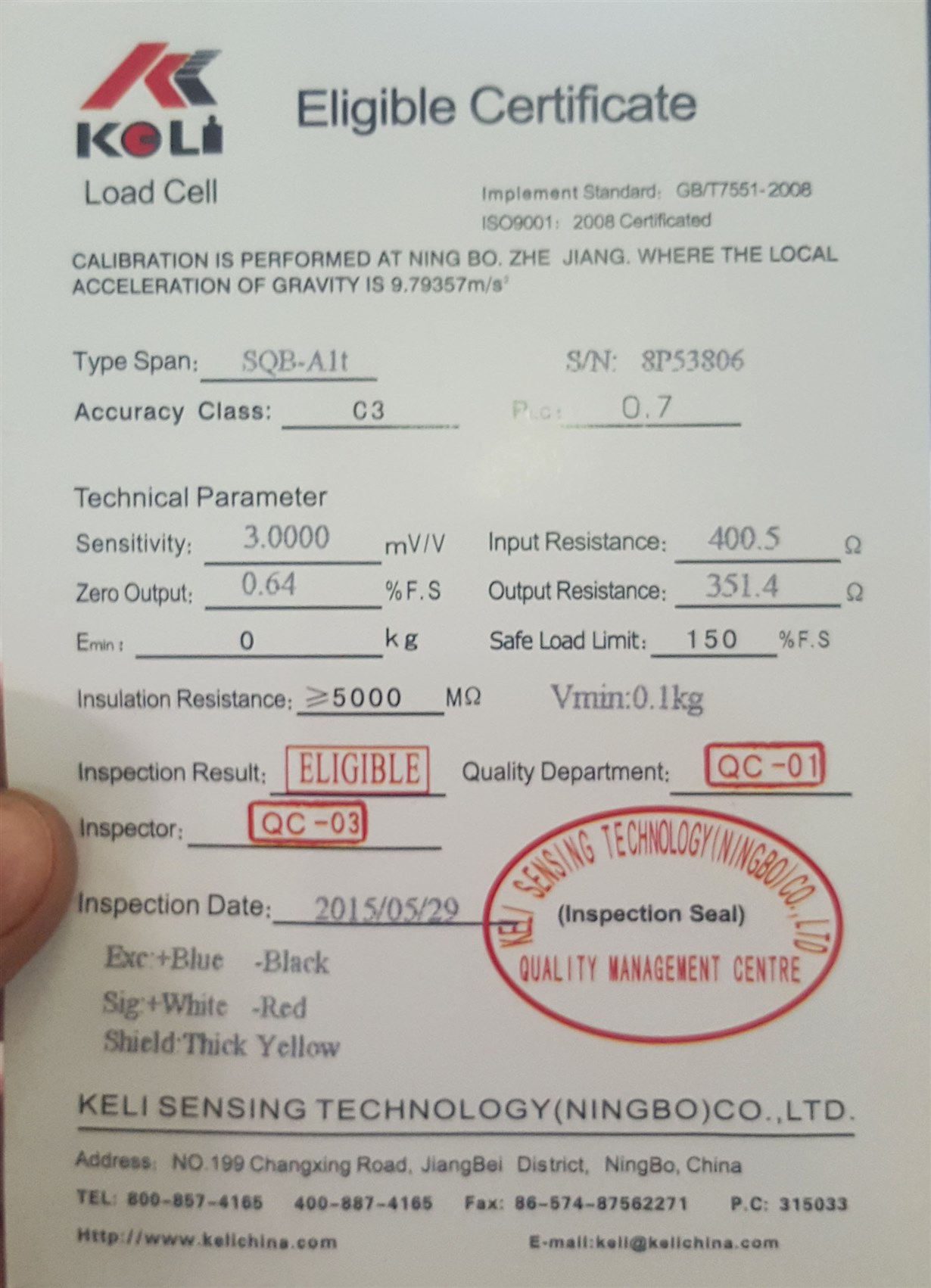Hi all,
FIrst of all I want to tel that my knowledge in this area is quite limited so please be gentle if I ask stupid questions :)
I work on a school project where I need to build a gauge with 4 load cells. I am using 4 x ina125P (one for each sensor) and read data using arduino and sent it to a database.
Now, this is what I have done :
1 - This is load cell (I have 4 of them)
2 - this is how I am using ina 125 (I have 4 of this made on a test pcb)
So each ina is wired to one sensor. Now the questions:
1 - When I measure output of each ina, on 2 of them I have around 80-100mA and on 2 of them I have around 150-170 mA. Is that normal? The measurement is made when sensors are in repaus mode.
2 - I saw here on forum some schematics which use some transistors and also some resistors. Is the way that I am using ina the correct one or can you suggest me other schematic?
3 - Where I should wire the shield of the sensors? To the ground?
Thank you very much .
Thank you very much in advance




